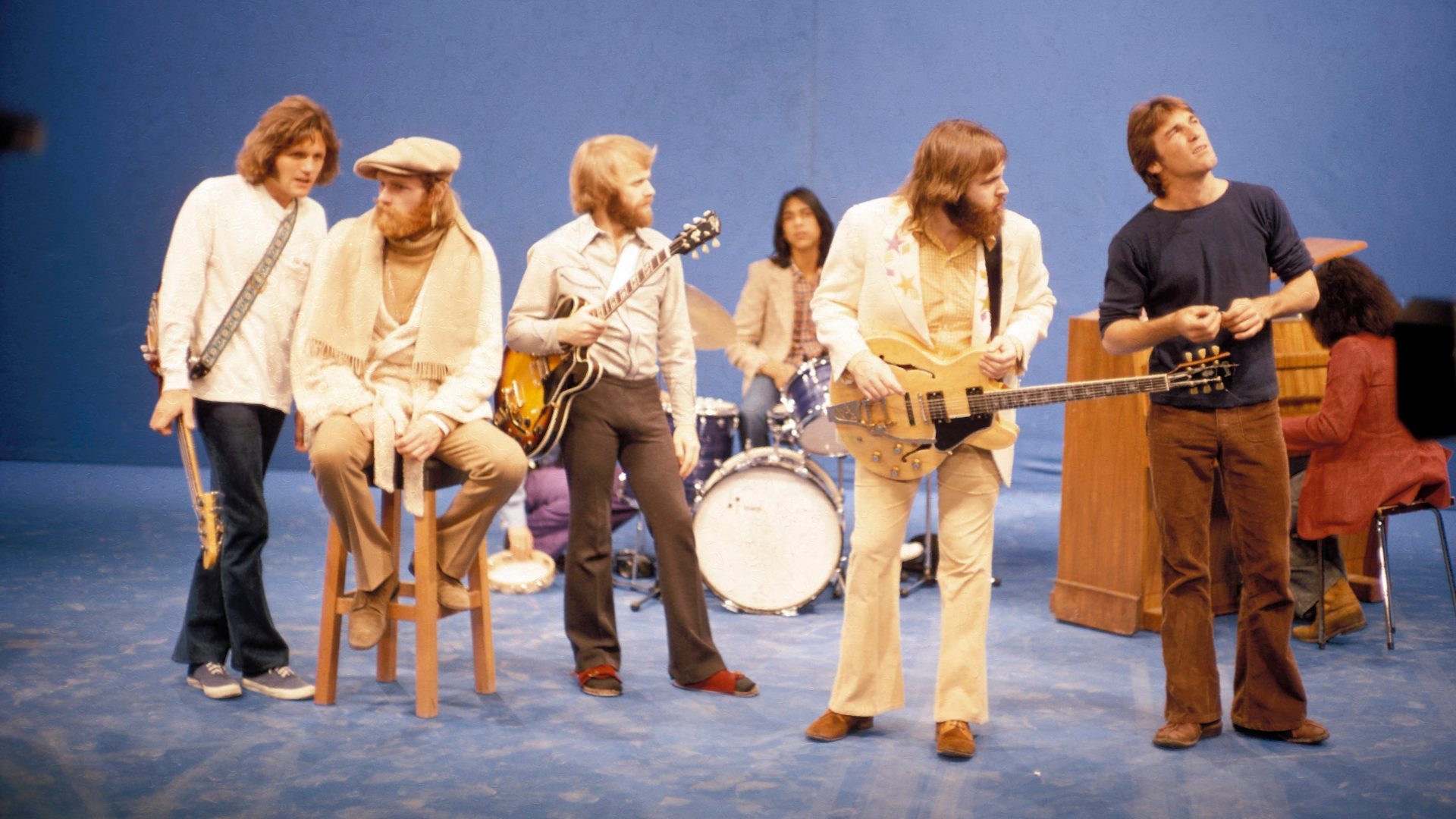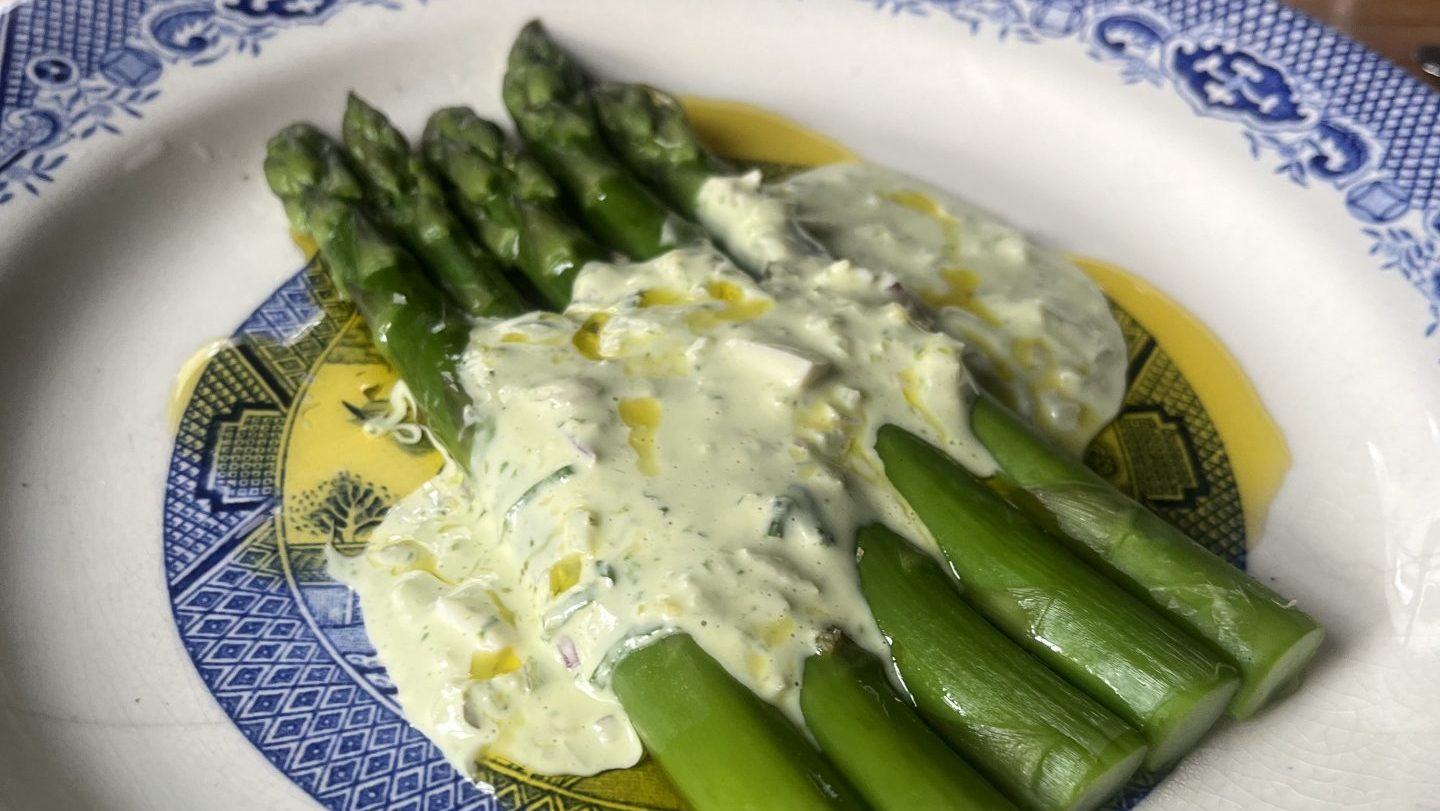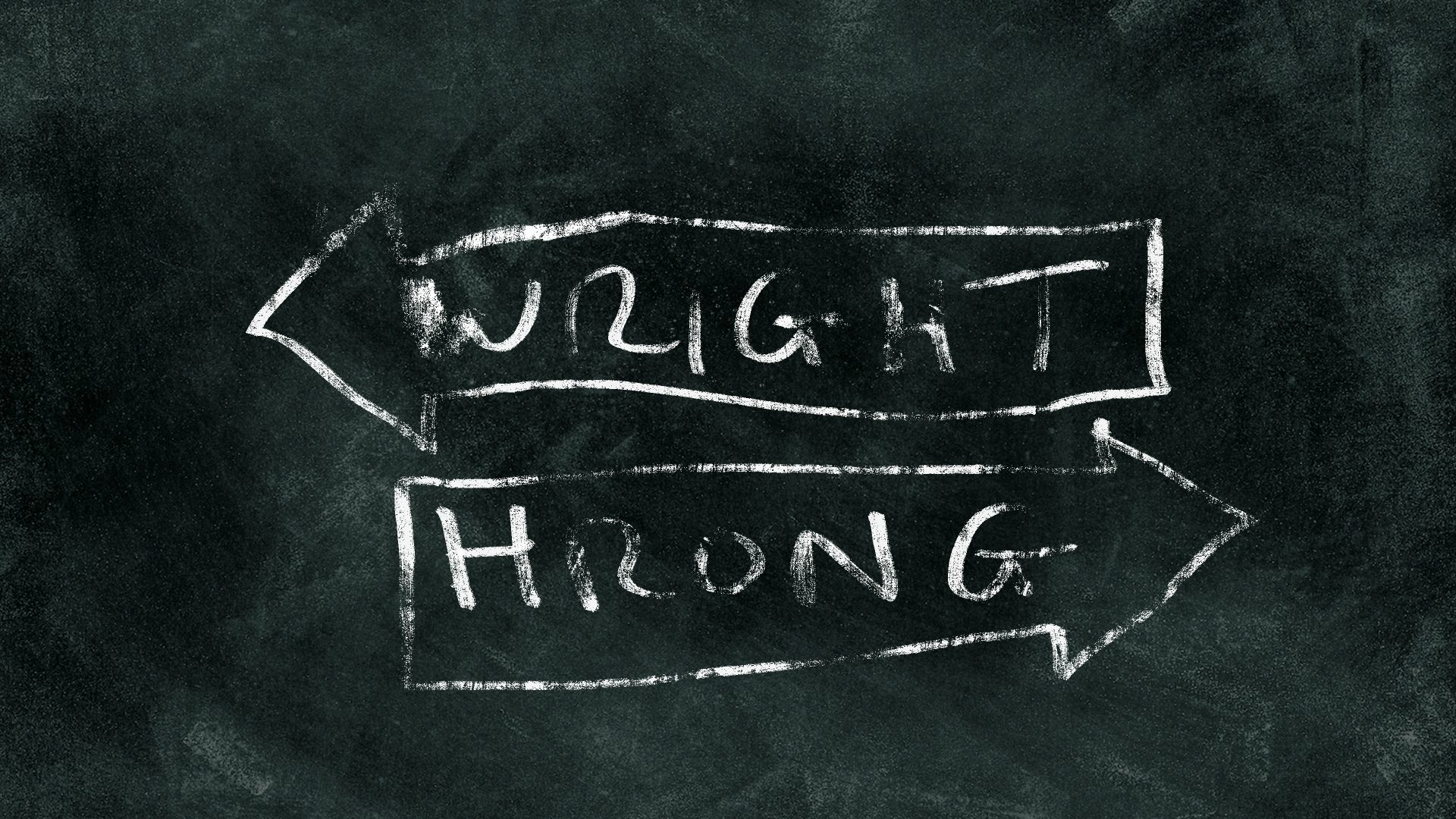They don’t do a lot of surfing in Baambrugge. A rural village by the banks of the river Angstel less than 10 miles south of Amsterdam, it is over 5,000 miles from the perfect waves of the Californian coast. Yet it was there that, 10 years on from Surfin’ Safari, the Beach Boys headed to record their new album, released 50 years ago this year.
They were a band in dire need of a fresh start. Their creative lodestar, Brian Wilson, was increasingly mentally unwell and absent from the band’s activities, and their recent albums had sold poorly. But the new LP, which they unimaginatively named Holland, ended up being as topsy-turvy as Wilson’s state of mind, from songs about sunny California written under the overcast skies of northern Europe, to its lead single being made entirely separately from the rest of the album, and Wilson’s major contribution never making it on to the record at all.
Even the cover showed a world turned upside down, using an inverted photograph of a tugboat in Amsterdam’s Kromme Waal canal, the vessel’s reflection in the water appearing to be the real thing. Despite it all, the LP would come to be regarded by fans as an overlooked gem, but it also heralded a difficult future for the band.
It was seven years since Brian Wilson had first dropped acid. That maiden trip had almost instantly decimated his already fragile mental health (“It just tore my head off,” he would later say), and since 1965 Wilson’s contribution to the Beach Boys’ output had dwindled to virtually nothing. By 1972 his masterpiece Smile had still failed to materialise and so absent was he from the goings-on of the band that his photo had had to be superimposed on to the group shot on the inner sleeve of the album they had released before the Holland sessions.
That LP, Carl and the Passions: So Tough, had been more than disappointing. Their second LP under the manager they hoped would give them fresh direction, Jack Rieley, and the first with new band members Blondie Chaplin and Ricky Fataar, the band were trying to leave behind their girls, cars and surfing image and find a new one that fitted the less innocent, more politically charged times. For audiences that had been thrilled just a few years before by some of the greatest pop songs ever written, it was a hard sell, and Carl and the Passions, which contained only three Brian Wilson songs, would peak at only No 50. Brian’s cousin and fellow Beach Boy Mike Love later said: “More than anything, the album emphasised how confused we were about our brand” – it was time to bring Brian back into the fold and try to rediscover who the Beach Boys were.
It was Rieley who came up with the idea of recording in the Netherlands. The rapturous response when the Beach Boys had played Amsterdam’s Concertgebouw in 1970, the audience patiently waiting for hours when the band was delayed and then calling out for new songs rather than classic hits,
had been a rare moment of unalloyed adoration during rocky years. Rieley knew that the band needed to get away from California if they were going to remake themselves, and the Netherlands seemed the ideal choice.
But it was hardly plain sailing. No commercial studios were available, so engineer Steve Moffit found a barn in Baambrugge which had already been converted to a rudimentary studio by Pi Vèriss, writer of the classic Johnny
Jordaan hit known to every Amsterdammer, Geef mij maar Amsterdam (1955). Its acoustics were appalling and its technology primitive compared to Brian Wilson’s home studio in LA. To make the studio useable, four tons of equipment were shipped to Europe, including a bespoke portable mixing desk built by Moffit, and the barn was painstakingly converted, with sand brought all the way from Malibu to pour into the speakers and fibreglass soundproofing flown in direct from Los Angeles.
The expense of all this was, of course, vast. But all these preparations risked being for nothing, as the reclusive Brian Wilson still had to be coaxed out of his Bel Air mansion and persuaded to make the journey across the Atlantic. Wilson’s wife Marilyn and their two small daughters had already gone ahead to the Netherlands in early June, but it still took three trips to LAX before Wilson actually boarded the plane to Amsterdam. When he landed he immediately wandered off, prompting panic. He was eventually found asleep in the duty-free lounge.
Wilson’s motivation hardly increased once he was settled in the picturesque Amsterdam suburb of Laren. Wilson rarely made the short journey to the studio, and while his wife would maintain that Brian loved the Dutch lifestyle, even bicycling every day, he also spent a lot of time availing himself of the easily obtainable marijuana and local headbanging cider. He would later recall: “It was during a period of my life when I didn’t know for sure what I wanted to do. So I just laid there in the booth while the other Beach Boys would be working.”
But, despite it all, Brian Wilson did in fact find some sort of inspiration during those summer months, even if it was not remotely what the band, the
record company or the fans hoped for. The fairy-tale feel of his quaint house
with a thatched roof in Laren, and obsessive listening sessions of Randy Newman’s recent album Sail Away – Newman was a fellow outsider genius and kindred imagination – inspired in Wilson Mount Vernon and Fairway, a six-piece suite about a young prince who discovers a “magic music” through a transistor radio and is visited by a madcap Pied Piper, played with unnerving lunacy by Wilson himself. Named after the location of Mike Love’s childhood home, it was a very personal work, rooted in Wilson’s young life and belief in the transformative power of music.
To the band’s horror, Wilson expected Mount Vernon and Fairway to be included on the new album. Carl Wilson rejected his brother’s idea outright, causing Brian to draw back into the little world he had created in Laren. When Carl relented slightly, suggesting that the suite was issued with the album as a bonus EP, Brian put finishing touches to the recordings, but it marked the end of any meaningful contribution to the album.
His parting shot was on the song California, the last of the album’s tracks to be worked on. Al Jardine later recalled: “He walked straight in. I hadn’t seen him for a month. He walked up to the microphone and started singing: “I’m on my way to sunny Californ-i-a.” He then left the microphone and walked out.” Having travelled halfway across the world, it seemed little had changed in Wilson’s mindset.
The band left the Netherlands in early August with only basic tracks completed. There had been endless technical problems with the studio set-up, and Mike Love remembered that “the mooing of the cows in the background complicated our actual recordings”. With the already unwieldy
seven-piece band living in separate houses scattered 30 miles across the Amsterdam region and keeping their own hours in the studio, there had been little sense of camaraderie. The idyllic surroundings had often seduced them into afternoons spent lounging in the fields or fishing, while Dennis Wilson had upped and left for the Canary Islands where he could surf.
Weeks of further sessions back in LA produced a final album that continued in the socially conscious vein that the ironically titled Surf’s Up (1971) had established. South Africans Blondie and Ricky contributed the anti-Apartheid track We Got Love, while Carl Wilson and Jack Rieley wrote The Trader, tackling the colonisation of America.
But the three-movement California Saga was the centrepiece. Absence from their home state had only intensified the band’s obsession with it, but as they invoked American literary legends like Walt Whitman and John Steinbeck, and Al Jardine recited the words of Robinson Jeffers’ poem The Beaks of Eagles, it was all excessively earnest.
When the band delivered the tape of Holland to their label, they rejected it as entirely hitless. For a time it looked like Holland would never see the light of day. To the rescue came Van Dyke Parks. Brian Wilson’s long-time songwriting partner had a tape of an embryonic song he had wrenched out of Brian back in 1971.
The tape captured a mentally distressed Wilson begging Parks for help, but it also contained the bones of a song that exemplified his genius for pop optimism. Parks gave it the literally buoyant title Sail On, Sailor, and the original lyrics included the remarkably hopeful lines: “Fill your sails with fortitude / And ride her stormy waves / You’ve got to sail on, sail on, sailor”.
Sail On, Sailor was a game-changer, but by the time the song made it into
the studio in LA it had been altered considerably by three further writers
and Brian’s words replaced by some rather verbose lyrics (“I wrest the waters, fight Neptune’s waters/ Sail through the sorrows of life’s marauders”). Wilson was again absent and literally phoned in musical suggestions for Carl to execute, while Blondie took lead vocal. Once again, Brian Wilson was but a ghostly presence on his own band’s work. Released as a single in early 1973, Sail On, Sailor only managed to scrape its way into the Billboard Hot 100.
While Holland fared better commercially than its lead single, managing a No 36 position, the whole Dutch escapade had proved so expensive that it made little money. It did, however, receive some warm reviews. Rolling Stone’s Jim Miller said: “Like the Beach Boys’ finest work, Holland makes me consistently smile… It is a special album”. The NME’s Richard Williams wrote: “I expect more from the Beach Boys than from anyone else. Holland has the goods”. In the years since, fans have looked upon Holland fondly,
although partly because it marked the start of a series of endings for the band and was therefore something of a last hurrah.
Rieley stayed in the Netherlands and tried to manage the band remotely, but they soon parted ways. Chaplin left the band after having a backstage fight with the band’s new manager and Fataar – later to play Stig O’Hara, aka George Harrison, in The Rutles, would soon follow. That June, Murry, the Wilson brothers’ father, died. A frustrated musician who had lived through his children and exerted a powerful psychological hold over them even in adulthood, his death was the final blow to Brian’s psyche. His reclusion became complete and he rarely left his bedroom over the following years. The Beach Boys released nothing for three years.
The original liner notes for Holland prophetically said that on that album
the Beach Boys had “looked at the land they had spurned and praised it,
returning to that land nostalgically but without hope of tomorrows”. Indeed, it would turn out to be not only their most mature paean to California, but their last great record.




